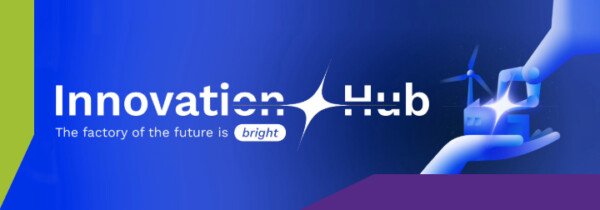Events
Discover how we are building tomorrow's industry together.
Overview
7 results
- (Webinar)
Tech@Lunch January: Advancing gearbox reliability: Vision-assisted condition monitoring
15 Jan 2026•Online





- (In-Person Event)
Smart competencies: Capturing, sharing, and growing knowledge in manufacturing
03 Mar 2026•Hangar K - EdTech Station - Kortrijk